Tipple: Ten lessons on scaling DTC sales
By Miona MadsenEion Bara, founder and CEO of Tipple, shares his 10 tips for building successful brands through impactful direct-to-consumer (DTC) sales.

Dublin-based Tipple aims to revolutionise the US$1.6 trillion global alcohol industry by building digital infrastructure to enhance drinks e-commerce worldwide, which still relies on emails and spreadsheets.
Used by more than 500 brands, including Diageo and Au Vodka, Tipple is on a mission to transform DTC from ‘an afterthought into a growth engine’.
For the past two years, Bara has been working across the world with global and local brands, gaining insight into scaling drinks online, from CRM goldmines and cross-sell mechanics to localisation and AI.
Bara has compiled 10 lessons on how drinks sales can be faster, leaner, and more data-driven than ever before.
Big companies face the same problems… just at scale

Working with Diageo came with a realisation that large companies face the same pain points as smaller brands: inefficient logistics, clunky procurement processes, fragmented data, and integration bottlenecks. The difference is simply scale.
Bara explained: “A startup might be struggling with three pallets in a bonded warehouse. Diageo is grappling with millions of cases across multiple continents.”
According to Bara, integrating with enterprise-level resource planning (ERP) systems, such as SAP, slows down execution and creates long lead times for changes. Procurement processes that would take weeks in a craft distillery can drag on for months at a global business. Yet, the fact that these issues persist at the highest level underscores a universal truth: digital drinks commerce is still in its adolescence, and agility remains as valuable to the giants as it does to the disruptors.
View DTC channels as you would GTR
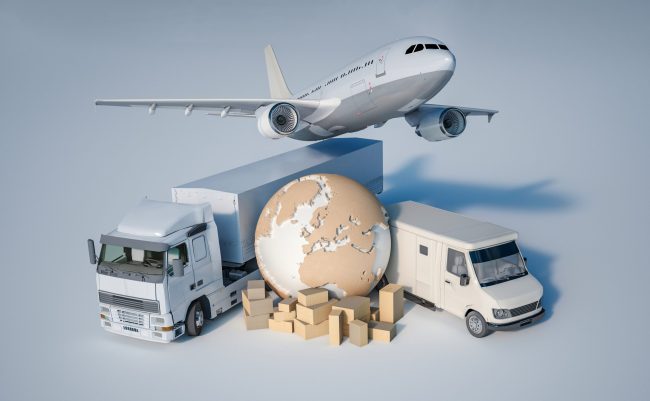
For years, direct-to-consumer was seen as an experiment, a bolt-on to ‘real’ sales channels. But according to Bara, that perception is shifting, as he explained: “DTC should be treated as a channel in its own right, just like global travel retail. It’s not an afterthought, it’s a whole strategy that can drive your main revenue.”
In his opinion, the misconception that DTC cannibalises distributor sales is fading. Instead, companies should view this as an opportunity to build brand equity and awareness. It allows for real-time feedback and helps demonstrate demand before expanding into retail. In Bara’s vision, the prime example of this approach is Au Vodka, which employs a direct-to-consumer strategy. This strategy not only generates substantial revenue but also presents a safer option for distributors and retailers.
CRM is the real data signal

In a category focused on IWSR reports and social media metrics, Bara argued that the most powerful data signal is hiding in plain sight: customer relationship management (CRM).
“Your email list is your most valuable growth lever,” he said. “Direct access to customers through loyalty programmes and repeat engagement is what drives brand longevity. Relationships are the secret sauce for success.”
In comparison, much of the data that the industry relies on is either overhyped or outdated. Some data sources, while accurate in their long-term projections, are often a year behind, making them less helpful in predicting short-term sales. Additionally, while social media following is important, it does not necessarily indicate strong brand loyalty. According to Bara, a key indicator of a brand’s success is its creative strength.
“If your content can hold attention for more than three seconds, sales will follow,” Bara explained. Without a CRM backbone to nurture attention into loyalty, even the best creative campaigns risk becoming a flash in the pan.
Localisation and samples are the difference between conversion and failure
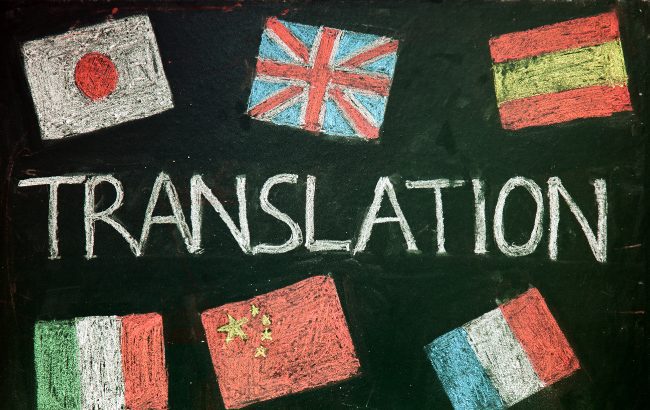
For Bara, e-commerce shouldn’t be a copy-paste job: “Too many brands think they can launch a global site in English and it will just work.”
In his opinion, consumers now expect content to be available in their own language, along with marketing that is tailored to their preferences and product formats that match local buying habits. According to research from NielsenIQ, 70% of shoppers are more likely to make a purchase when information is presented in their native language.
Bara also emphasises that trial sizes and sampling are also critical for spirits. Younger consumers, in particular, are hesitant to spend more than £40 (US$53) on an unfamiliar bottle without tasting it first. Offering smaller bottle sizes reduces barriers to purchase, encourages trial, and often results in customers buying full-sized bottles later. If brands fail to make these adjustments, they risk wasting their marketing budget and failing to engage with their target audience effectively.
Culture beats the stereotype

Bara points out a common misconception in the industry that global beverage companies are just cold, corporate machines. In reality, he found the opposite to be true. “The myth is that they’re ruthless,” he explained. “But they are actually family-friendly, people-focused organisations that genuinely care for their teams.”
Diageo, for instance, is recognised in employer rankings for its commitment to employee wellbeing and development – an often-overlooked strength in an industry that faces intense competition for talent from fast-moving consumer goods (FMCG), tech, and luxury sectors.
In Bara’s experience, this is important because culture has a significant influence on how brands operate in the market. Global companies that retain talent and empower their teams tend to deliver stronger and more consistent marketing initiatives.
Smaller brands can also learn from this: creating a supportive internal culture isn’t just “nice to have.” It has a direct impact on a business’s ability to execute its growth strategy effectively.
Logistics innovation and boosting baskets are hidden growth drivers
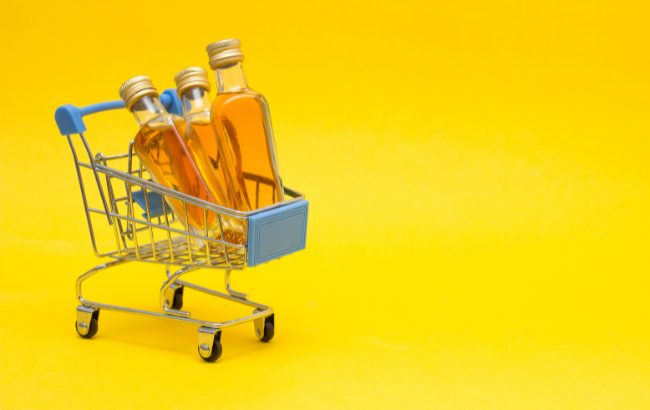
Bara has observed that in the drinks industry, distribution often determines the success of a brand. For British producers, centralising stock in Europe – specifically in Tipples’ Amsterdam warehouse – has been transformative. This approach accelerates order fulfilment, streamlines customs procedures, and enables brands to manage both DTC and business-to-business (B2B) orders from a single central hub. “Being closer to the customer means you can see what’s selling and why, and then act on it,” Bara explained.
Maximising the contribution margin in DTC sales involves a strategic partnership between smart merchandising and logistics. Techniques like upselling, cross-selling, and bundling are not merely sales tactics; they are essential strategies that can significantly enhance profitability.
“The shipping cost can decrease as the total order size increases. Brands that succeed are those that encourage larger baskets at the same shipping cost as smaller ones,” Bara explained.
In his experience, leveraging occasion-based opportunities further enhances this strategy. Seasonal gifting packs – such as Father’s Day bundles or Christmas editions – consistently increase the average order value while also providing valuable insights into consumer behaviour and purchasing triggers. These insights can inform logistics planning and future product development.
While it may not seem glamorous, a well-developed logistics strategy combined with effective upselling techniques is one of the most dependable avenues for sustainable growth in DTC sales.
Build relationships, not just transactions

In Bara’s experience, one of the most important lessons for smaller brands is to view DTC as a relationship platform rather than just a sales channel. “Invest heavily in building feedback loops, loyalty programs, connections, and rewards,” Bara advised. “Consumers don’t just want to purchase a product; they want to feel like they are part of something.”
CGA data supports this notion: 41% of Gen Z spirits buyers value personalised engagement and loyalty rewards. For smaller brands, even straightforward initiatives such as follow-up emails, tasting clubs, or early access to new products can foster the kind of long-term loyalty that helps a brand endure through competitive cycles.
Additionally, these initiatives provide access to immediate consumer insights, which are invaluable when testing new products or creative ideas.
Expansion demands a hard P&L check
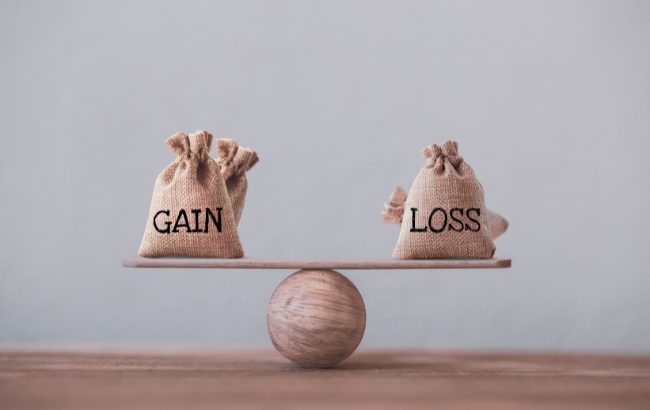
International expansion is a rite of passage for many brands, but Bara insists it must begin with numbers, not excitement. “The first thing we check is whether the P&L stacks up. If margins don’t survive tariffs and logistics costs, we don’t proceed.”
The lesson has been driven home during the Trump-era tariffs, which saw many brands pause their US operations. However, they launched in newer or previously less-priority markets, where the margins made more sense, and have ultimately grown faster as a result. “We don’t help brands lose money,” Bara added.
The implication for smaller brands is clear: test profitability before investing in global launches. If the economics don’t work, expansion risks draining resources rather than building them.
Adopt big-brand standards on tech and content
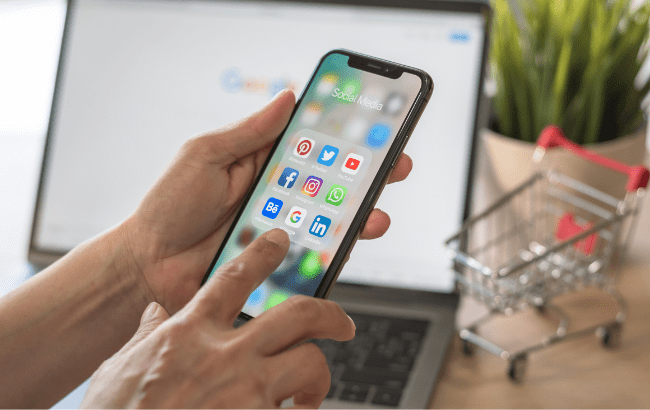
For Bara, working with Diageo has highlighted the seriousness with which large companies approach performance marketing. Tools like Klaviyo for CRM and Triple Whale for attribution have become essential as third-party data becomes increasingly unreliable.
“Big brands meticulously track ad spending and know exactly which levers to pull,” explained Bara.
Additionally, he emphasises content discipline as a key factor. Rather than simply reusing the same creative across different platforms, successful brands customise their assets for each audience and format. Pinterest values aesthetics, TikTok favours energy, and Instagram appreciates community. Beyond execution, these major brands recognise that emotion often outweighs product attributes: Coca-Cola isn’t just selling sugary drinks; it’s marketing ‘happiness in a bottle.’
Spirits brands that can promote a lifestyle or emotional connection – rather than just focusing on ABV and tasting notes – are likely to perform better.
The future will be measurable, AI-driven, and consolidated

Looking ahead, Bara believes that three key forces will shape international drinks sales: data, consolidation, and AI.
The first force is data. This shift is already taking place, as IWSR reports that drinks executives are reallocating their budgets towards marketing initiatives that can be measured directly. The era of vague awareness campaigns is giving way to more precise activations that are tied to return on investment (ROI).
The second trend is consolidation. Distributors are streamlining their portfolios by focusing on fewer brands that can deliver consistent activation and won’t tie up cash in excess stock. As a result, competition to secure listings will intensify.
The third defining force is AI. Tools for image and video generation are already reducing costs and accelerating campaign cycles. “It will democratise high-quality creativity,” said Bara. “Brands that leverage this technology early will gain a significant competitive advantage.”
Two years into working with Diageo, Tipple has found that agility, strong relationships, and smart use of data are more important than size. Whether a startup or a well-known brand, the fundamentals remain the same: build customer loyalty, understand your numbers, know your customers, and treat DTC strategies as a core growth channel rather than an afterthought.
“Our technology is available. The challenge lies in the cultural shift. Brands that embrace this change will shape the next decade of the drinks industry,” Bara concluded.
Related news
Diageo ‘not satisfied’ with Q1 sales
